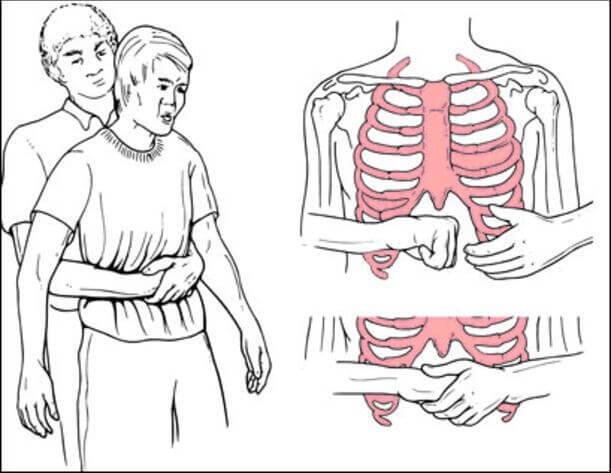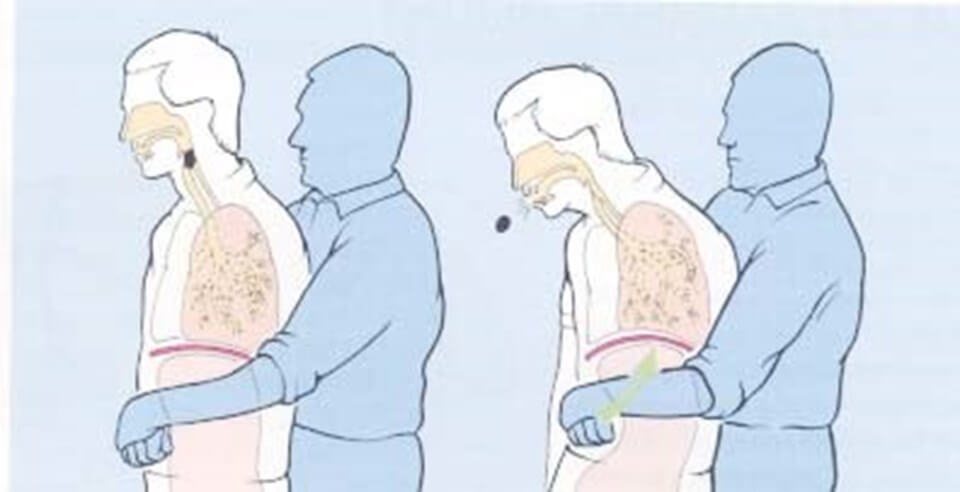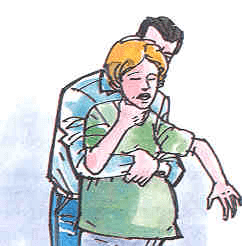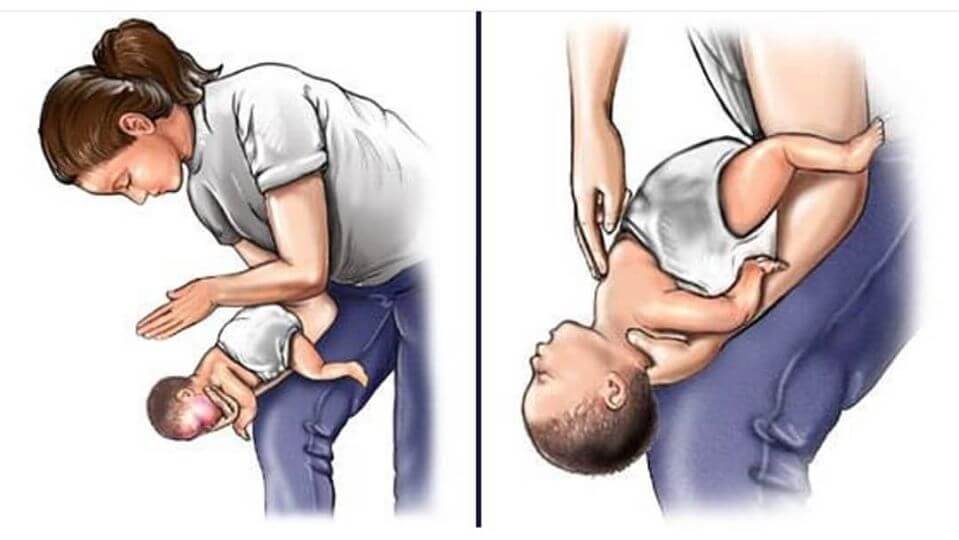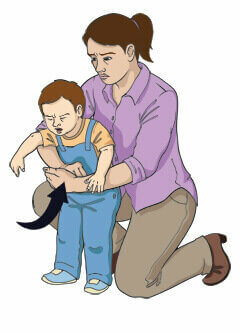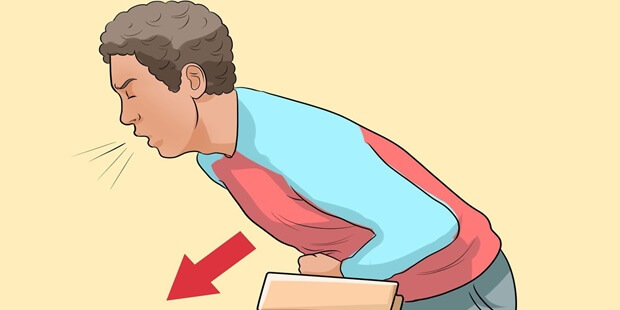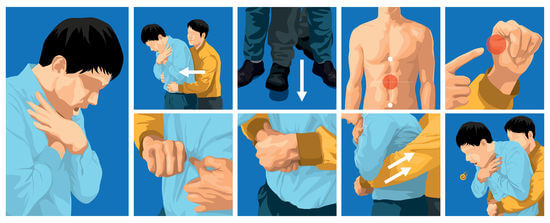What is the Heimlich maneuver and how is it done? How to remove nutrients and solids from the trachea with this life-saving first aid technique?
What is the Heimlich Maneuver?
The Heimlich maneuver is performed when food or any object enters the trachea. In our childhood, sugar etc. Most of us have experienced food getting into our throats. The first aid that our family and relatives apply to us with daily knowledge is the Heimlich maneuver.
The method applied for the first time by Doctor Henry Heimlich has been known for about 47 years. Learning this technique is vital for ourselves and the people around us.
Intervention by Type of Occlusion in the Heimlich Maneuver
Airway obstruction can be complete or partial. In partial obstruction, the person may cough and seek help. If there is a complete blockage; bruising, inability to speak, moving the hands towards the throat are observed.
As for how to do the Heimlich maneuver, there are two different techniques. The first of these is partial obstruction in the individual’s trachea, where the necessary air inlet and outlet are present. Here is what we need to do in this case:
- Encouraging the person to cough (you should not touch the patient while doing this)
- To monitor closely during this period of time when it is still standing.
- Staying next to you in case of complete occlusion
- Performing the Heimlich maneuver in case of decreased breathing or coughing
How to Perform the Heimlich Maneuver
First of all, the consciousness of the person should be checked. There is complete airway obstruction in the individual who cannot answer the question and whose cough has decreased. In this dangerous process, the Heimlich maneuver must be started immediately. For this, in order of priority:
- Call 112 and give first aid at the same time
- Get behind the person and stand slightly to their side
- Support the individual’s chest with your hand and lean forward
- Strike hard with the lower part of your palm between the two shoulder blades (back pressure)
- After hitting 5-6 times, check if the object comes out
If the object/food still has not come out, proceed in the following order:
- Place one hand into a fist above the person’s belly button and below the breastbone.
- After doing this, lean the patient forward
- Put your other hand on top of your fist
- Firmly pull your fist in and up.
- Repeat this process 5 times
- If the obstruction continues, continue alternately with 5 abdominal and 5 back presses.
- Keep applying until the object comes out
How to Perform the Heimlich Maneuver in Obese or Pregnant Adults
In the Heimlich maneuver, chest compressions should be applied instead of the abdomen in pregnant and overweight people. To do this, first follow these steps:
- Get behind the person and wrap your arms around their chest
- Make a fist with one hand and place it under the breastbone.
- Hold the fist with your other hand and apply pressure by pushing in towards you.
- Continue back and chest compressions alternately
- Process until food or object comes out
How to Perform the Heimlich Maneuver in Babies?
Babies are more likely to get something into their windpipe than adults. Coins, toy parts, etc. They may experience obstruction with objects. As babies cannot speak, choking should be checked by listening to their breathing. Obstruction can be detected by observing the up and down movements of the abdomen and the air flow.
In case of partial obstruction, in the baby; coughing, gurgling, fluttering symptoms are seen. In complete obstruction, symptoms of unresponsiveness, inability to cry and cough, and bruising begin.
What to Do in Partial Air Occlusion in Babies?
- Hold your baby on your lap and place his head on your shoulder as if he were burping.
- Make sure your face is facing the ground
- Wait for him to expel the substance he swallowed on his own
What should be done in case of complete obstruction in babies?
- Lay your baby on your arm and face down.
- Hold the chin with your fingers to support the baby’s head.
- Be very careful not to press on her throat.
- Sweep upwards 5 times with your hand between the two shoulders
- Twist your baby to place on your other arm in one go
- Take care to protect the baby’s head during the turning process.
- If the object is not removed, lay your baby on his back on your knee for chest compression.
- With two fingers (index and middle fingers) press the middle area at the end of the rib cage 5 times
- Continue back and chest compressions alternately until the swallowed substance comes out, as in adults.
In infants, back and chest compressions should be avoided in case of partial obstruction. Congestion may increase as a result of applying excessive pressure.
How to Perform the Heimlich Maneuver in Children?
For all children over the age of 1, the adult ranking is followed. If there is complete obstruction, chest maneuver can be performed in children in addition to back and abdominal compression. Follow these steps when performing chest compressions on children:
- Place one hand on the child’s back and the other under the sternum.
- Take 5 strokes, as with obese and pregnant people, but more slowly and distinctly.
- See if the object comes out
- If the object does not come out, continue to alternate chest and back compressions.
- If the child does not react, lay them on their back
- Quickly dial 112.
How Can We Practice the Heimlich Maneuver on Ourselves?
As soon as we are conscious and our windpipe is blocked, we must act very quickly.
- Lean the end of your ribcage against a rigid-cornered piece of equipment
- Press as hard as you can. Remember to lean forward.
- You can use an object such as a chair iron or a headrest for pressure.
What Should We Pay Attention to While Performing the Heimlich Maneuver?
We must continue to press until the ambulance arrives and the patient is unconscious. We should not hit the patient’s back. Striking with sweeping blows between the shoulder blades ensures the correct execution of the Heimlich maneuver.
Do not try to remove the object causing the patient’s obstruction with your hand. In this case, you may cause the suffocating substance to completely block the respiratory tract.
Do not forget to call the 112 emergency line for support at the same time while applying first aid.

